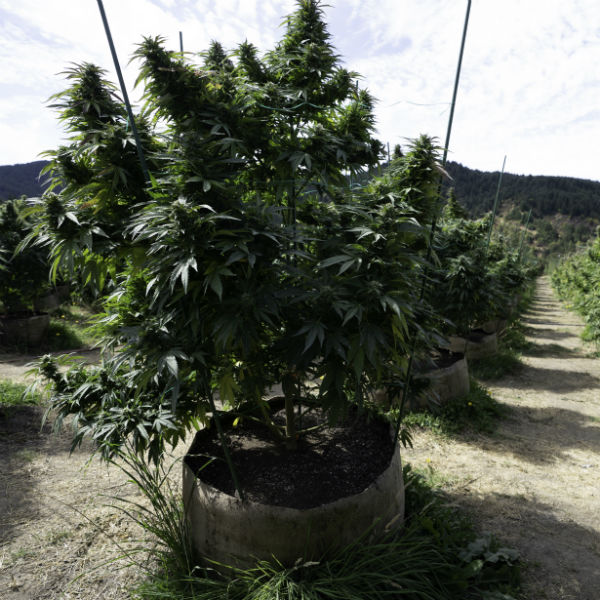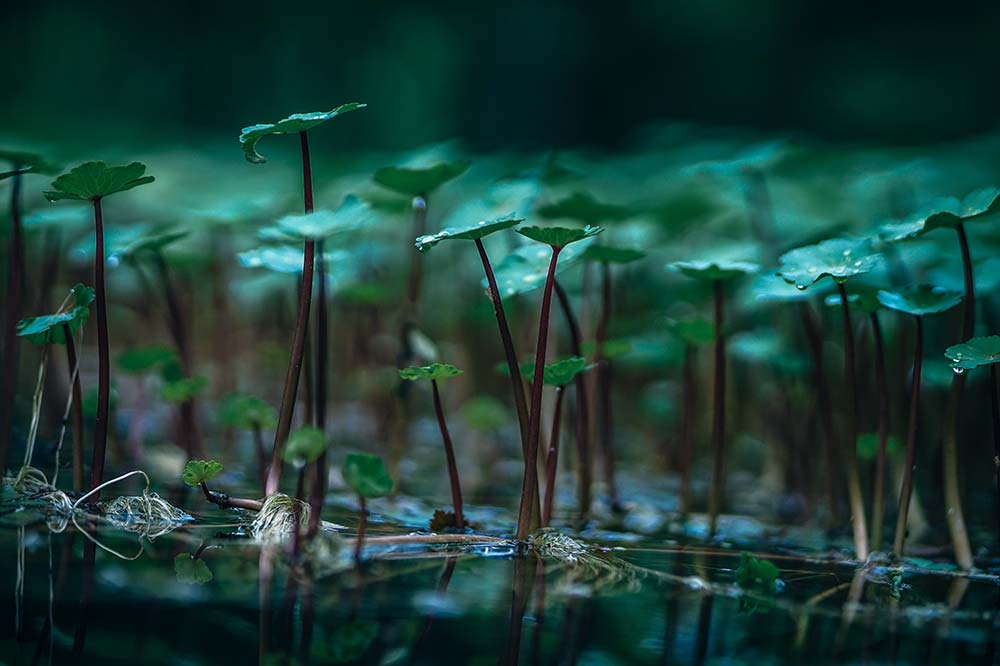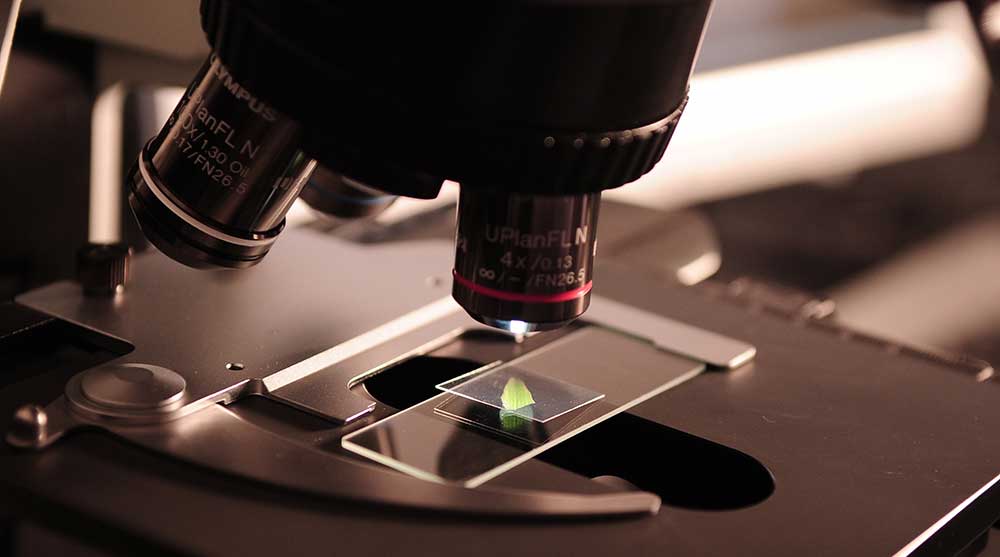Happy holidays everyone! Today is December 25th, 2018, and we want to wish you all happy holidays, no matter what you celebrate. Be it the Winter Solstice, Christmas, Hannukah, Kwanzaa, Boxing Day, New Years Eve, Yule, Festivus for the rest of us, etc.! The Growers Network team has taken the day off, so look forward to more content soon!

So take the day or night off, sit back, and relax with your family! We’ll be back with more regularly-scheduled articles tomorrow!
10 Best Gift Ideas for Cannabis Connoisseurs and Growing Aficionados (2022)
December 7, 2022Developing and Optimizing a Cannabis Cultivation System
December 14, 2021Dealing with Insomnia: How Can CBD Help?
December 10, 2020Your Guide to Sleep and CBD
December 7, 2020
Do you want to receive the next Grower's Spotlight as soon as it's available? Sign up below!










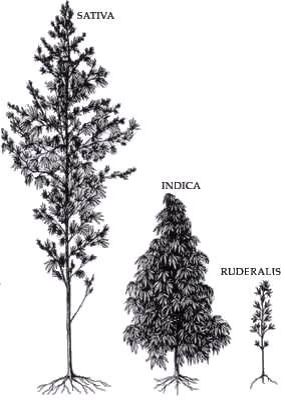






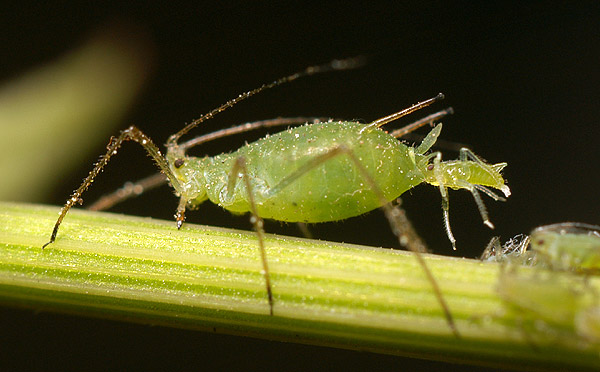
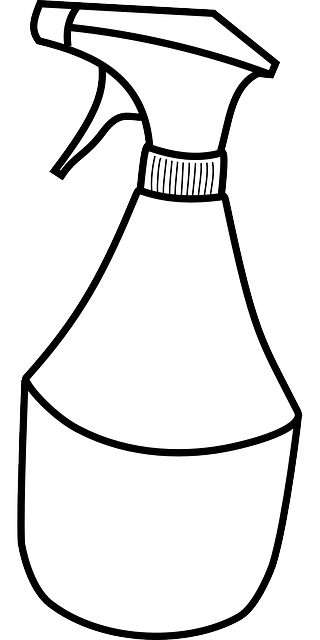



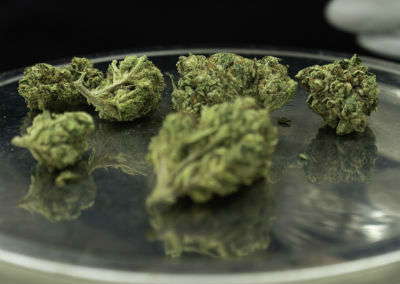
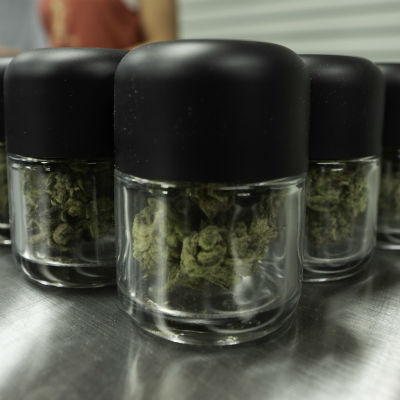
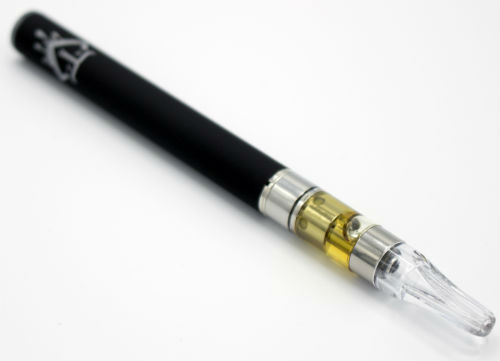
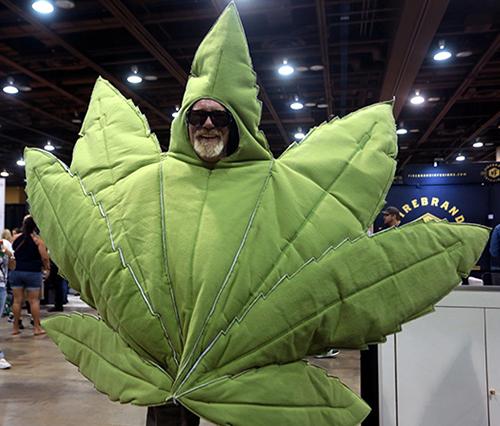
 Not cutting it anymore.
Not cutting it anymore.